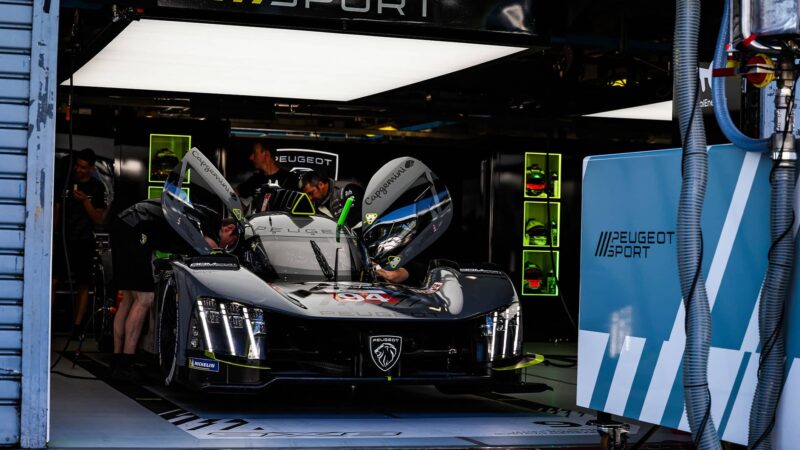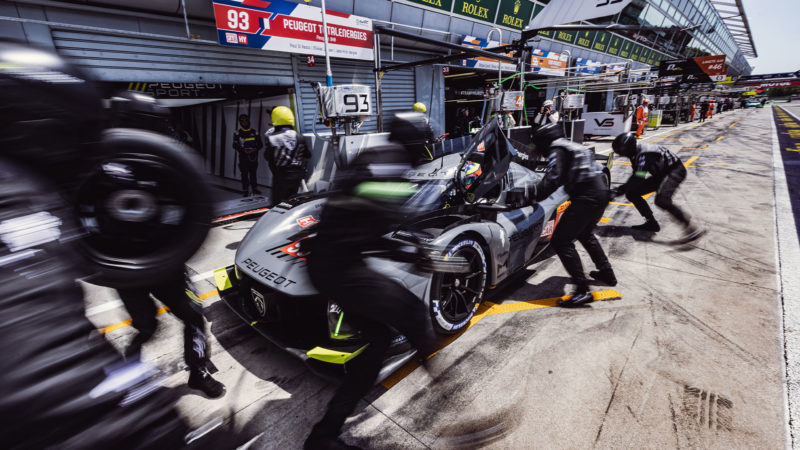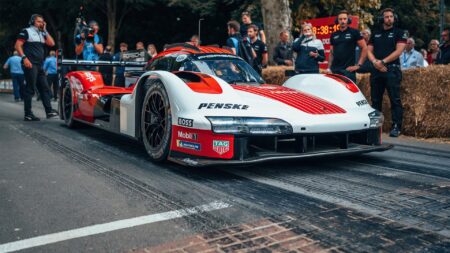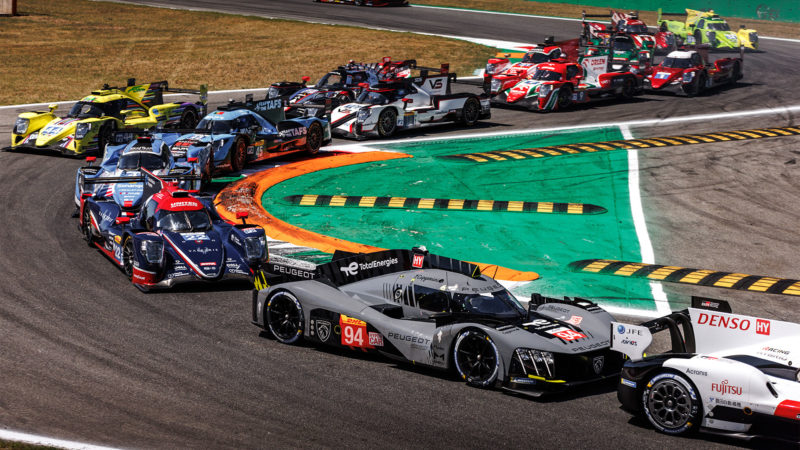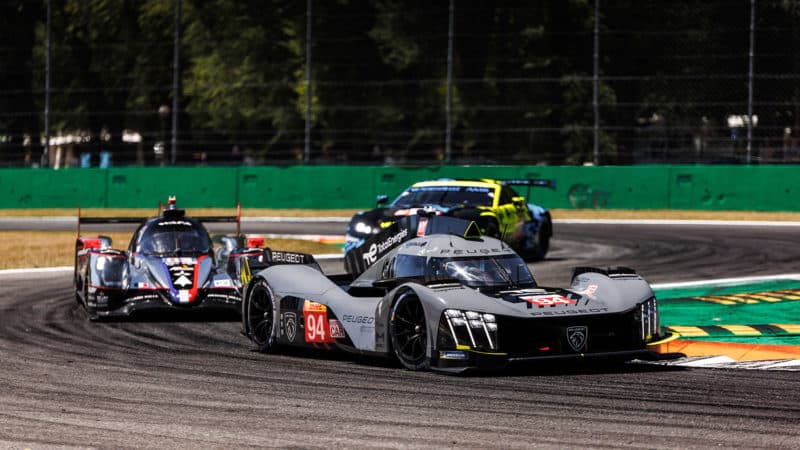Peugeot has chosen to go the down the Hypercar route as it joins WEC in its new age – next year it will be going up against incumbent Toyota and Glickenhaus as well as Porsche, Ferrari and Cadillac amongst others.
Predictable reliability gremlins meant that only one of the two cars — the No94 of Loic Duval, Gustavo Menezes and James Rossiter — made it to the finish at the Temple of Speed, but the new methodical approach brought enough potential to impress those watching.
Duval’s fastest lap was within 0.6sec of the ultimate pace in Monza. Considering the team was using the event as a test race, the speed it showed was impressive as it mainly aimed to collect data.
“We came here to learn and it effectively taught us a great deal,” said technical director Olivier Jansonnie after the race. “We were faced with numerous race-related problems that we couldn’t have replicated in testing, but we are reassured by the potential our car showed in free practice and during the race.
“We were on the pace but we are well aware of the areas where we need to improve. We had already planned a programme of tests over the coming weeks and they will give us a chance to address these issues in order to be ready for Fuji.”
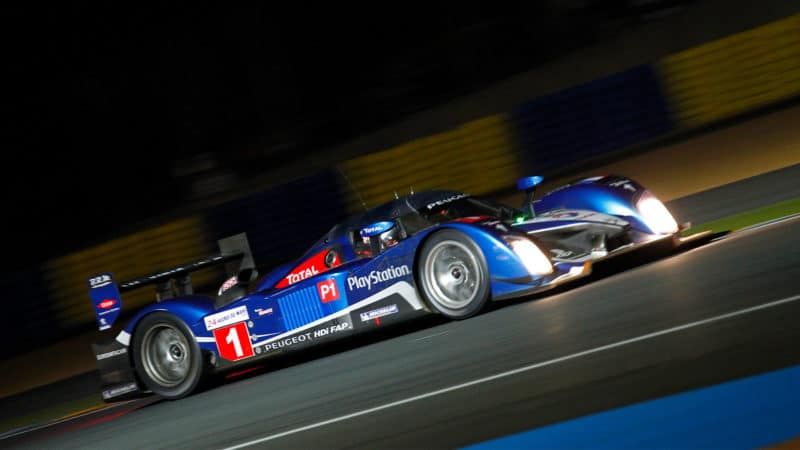
Reliability issues held Davidson and Peugeot back in marque’s last attempts at Le Mans
DPPI
The data-led approach is a long way from the old garagista days of motor sport, which Davidson says lingered into the early 2000s but has now faded away. He feels the proof is in the pudding of today’s approach, particularly with Peugeot.
“They were more prepared going into their first event as a race team, because they knew they knew that the pitfalls in the development of that car,” he says. “They knew it before the machine even started the race. It wasn’t a mystery.
